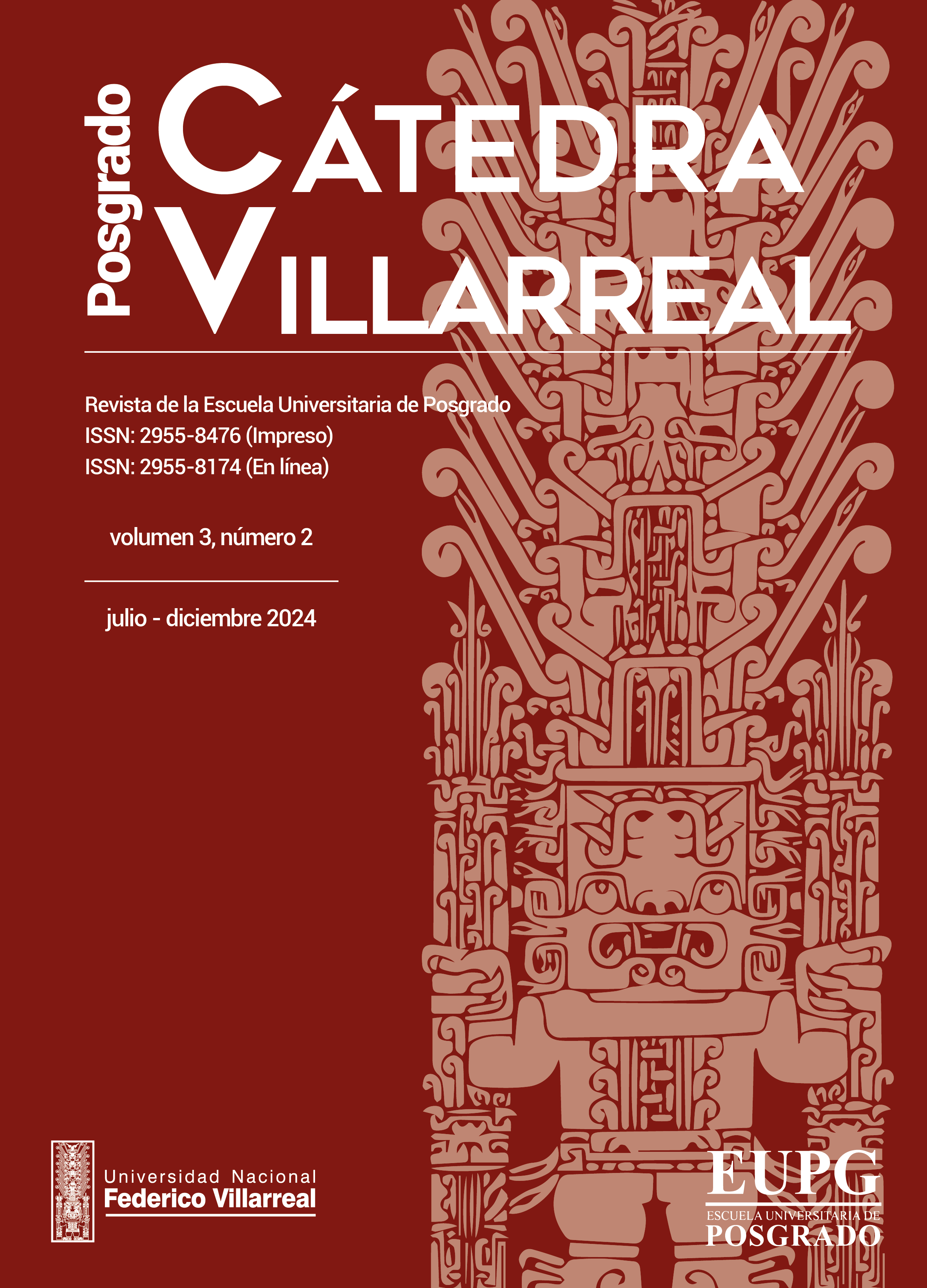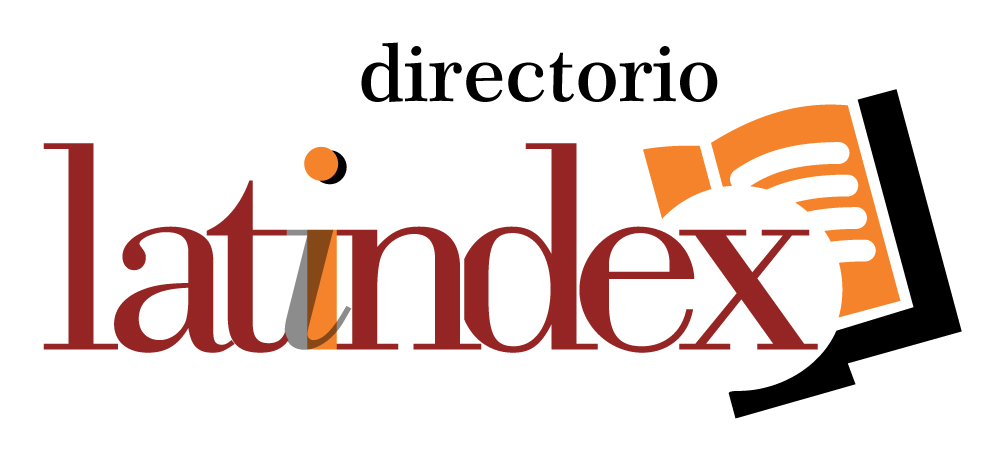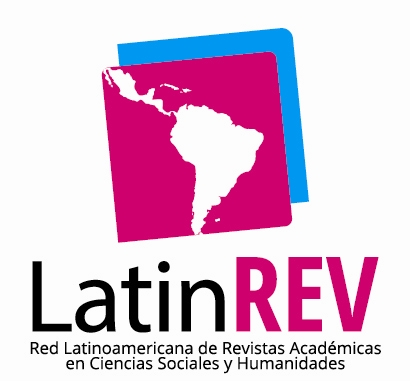Medical, Legal and Jurisdictional Foundations on the Right to a Dignified Death: Case of Ana Milagros Estrada Ugarte
DOI:
https://doi.org/10.62428/rcvp2024321915Keywords:
Dignified death, dignity, free development, dignified life, jurisdictional foundationsAbstract
The research aimed to develop the medical, legal, and jurisdictional foundations on the Right to a Dignified Death: Ana Milagros Estrada Ugarte case. The research is of a basic nature and under a qualitative and sociocultural approach; This approach considers the person because of the historical and social process with the right to his dignity and is concretized through analysis and criticism on the subject. In this investigation, special attention was paid to the opinions expressed by doctors, jurist and religious judges, giving special emphasis to the grounds put forward in the judicial process initiated by the Ombudsman's Office in favor of Ana Milagros Estrada Ugarte so that she is given the opportunity to access a dignified death, with the support of professionals, but without these being criminally sanctioned. The results showed that there is a diversity of criteria and foundations expressed by doctors, judges, lawyers, specialists, and citizens interested in the subject. There is no uniformity in the fundamentals on the right to a dignified death. However, the findings serve as a basis for the evaluation of possible new cases and for further debate on the right to die with dignity. Further academic deepening is recommended, to achieve a consolidation of criteria that could be generalized.
Downloads
Published
How to Cite
Issue
Section
License
Copyright (c) 2024 Victoria Teresa Montoya Peraldo

This work is licensed under a Creative Commons Attribution-NonCommercial-ShareAlike 4.0 International License.
Eres libre de
- Compartir : copiar y redistribuir el material en cualquier medio o formato.
- Adaptar : remezclar, transformar y construir sobre el material.
El licenciante no puede revocar estas libertades siempre que cumpla con los términos de la licencia.
Bajo los siguientes términos:
- Atribución : debe dar el crédito apropiado , proporcionar un enlace a la licencia e indicar si se realizaron cambios . Puede hacerlo de cualquier manera razonable, pero no de ninguna manera que sugiera que el licenciante lo respalda a usted o su uso.
- No comercial : no puede utilizar el material con fines comerciales .
- CompartirIgual : si remezclas, transformas o construyes a partir del material, debes distribuir tus contribuciones bajo la misma licencia que el original.
- Sin restricciones adicionales : no puede aplicar términos legales ni medidas tecnológicas que restrinjan legalmente a otros hacer cualquier cosa que la licencia permita.
Avisos:
- No tiene que cumplir con la licencia para elementos del material que sean de dominio público o donde su uso esté permitido por una excepción o limitación aplicable.
- No se dan garantías. Es posible que la licencia no le otorgue todos los permisos necesarios para el uso previsto. Por ejemplo, otros derechos como publicidad, privacidad o derechos morales pueden limitar la forma en que utiliza el material.












